The oceans, vast and enigmatic, conceal many mysteries, not the least of which are underwater volcanoes. These submerged giants hold the potential to shape our planet in profound ways, sometimes causing dramatic events like mega-tsunamis. Although not frequently highlighted in mainstream media, understanding these hidden volcanoes is essential.
1. Axial Seamount
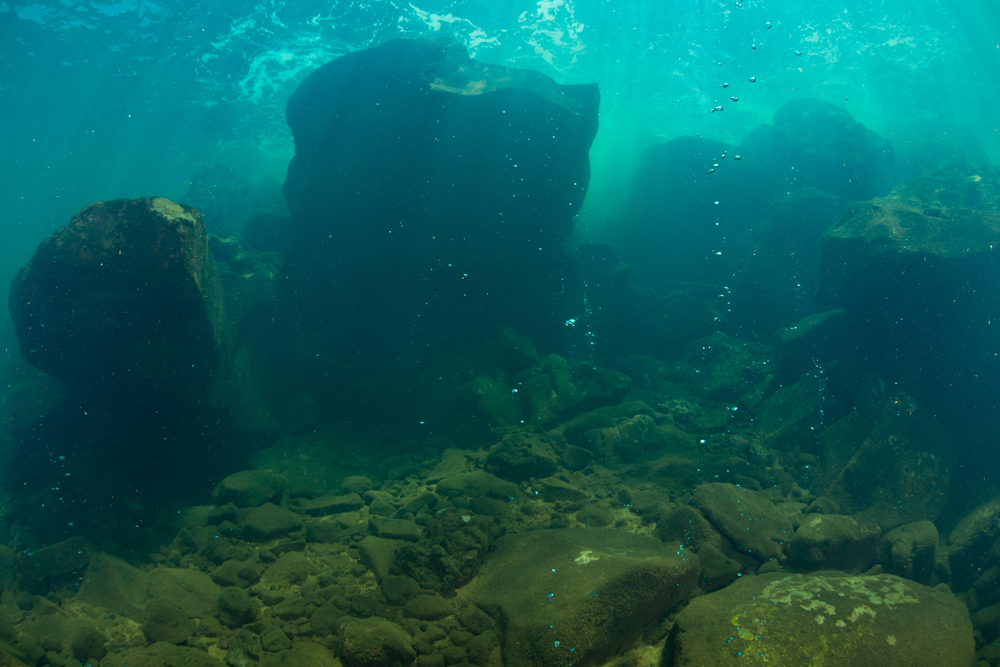
Located off the coast of Oregon, the Axial Seamount is among the most active underwater volcanoes in the world. It sits atop the Juan de Fuca Ridge and erupts roughly every three years. Each eruption has the potential to displace vast amounts of water, which can trigger significant tsunamis. In a 2017 study, scientists from Oregon State University noted that Axial Seamount’s frequent activity makes it a prime subject for tsunami risk assessment.
Axial Seamount’s eruptions are closely monitored due to its proximity to the densely populated Pacific Northwest. The volcano’s activity provides valuable data that help scientists predict future underwater eruptions. While most residents remain unaware of the volcano’s existence, experts stress the importance of preparedness. Coastal communities have emergency plans in place to respond to potential tsunami threats.
2. Kick ’em Jenny
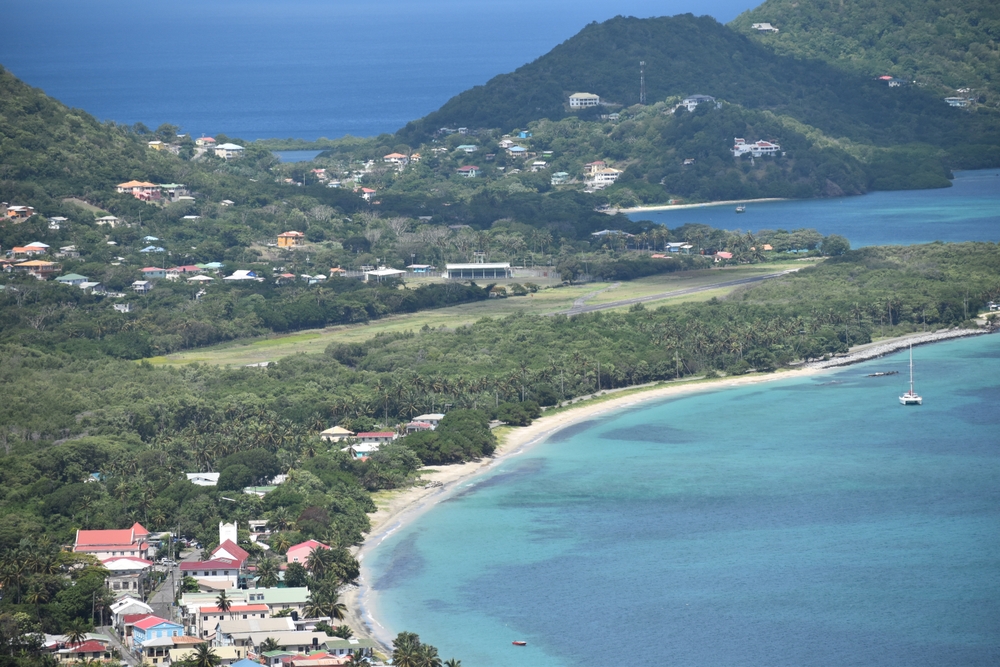
This intriguing name belongs to an active underwater volcano located north of Grenada in the Caribbean Sea. Kick ’em Jenny’s last significant eruption was in 2015, and its activity continues to be a focus of scientific research. The volcano is situated relatively close to the surface, increasing the risk of a tsunami if it erupts explosively. Given its location in a popular tourist region, the implications of an eruption are significant.
Kick ’em Jenny’s activity is often noticeable, with underwater gas emissions creating a bubbling effect on the ocean’s surface. Monitoring is crucial, as the volcano’s summit is just 180 meters below the surface. Experts emphasize the importance of real-time data to ensure timely alerts. With the Caribbean’s vibrant tourism industry, understanding the risks posed by Kick ’em Jenny is vital for safety and preparedness.
3. Monowai Seamount
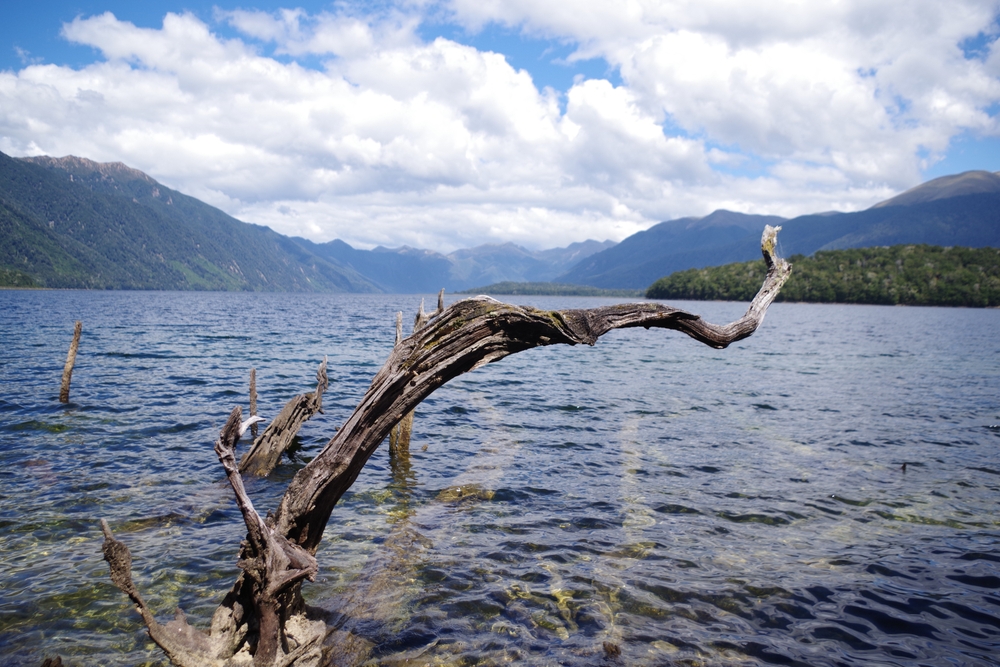
Nestled in the Kermadec Arc, Monowai Seamount is a highly active underwater volcano near New Zealand. It has undergone numerous eruptions, significantly altering its structure and the surrounding seabed. In 2011, a research expedition led by scientists from the National Institute of Water and Atmospheric Research documented a dramatic eruption, leading to the formation of a new island. This event underscored the volcano’s potential to cause significant oceanic disturbances.
Monowai Seamount is unique in that its eruptions are frequent but often go unnoticed. Yet, they play a crucial role in reshaping the underwater landscape. The volcano’s activity is closely observed using satellite technology and seismic monitoring. Understanding Monowai’s behavior is vital for predicting its potential impact on the South Pacific region.
4. Hunga Tonga-Hunga Ha’apai
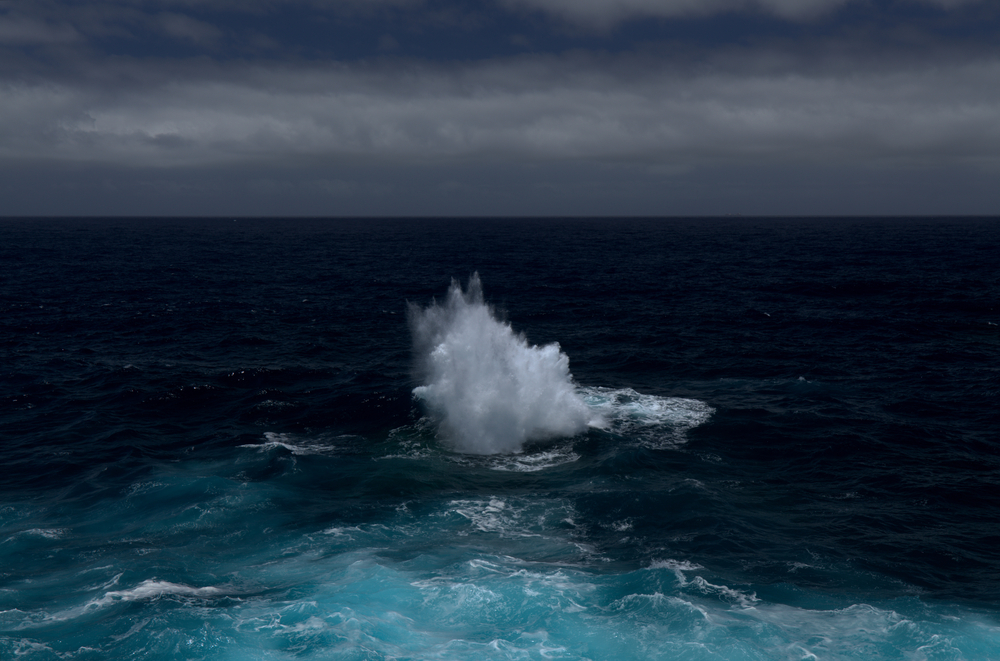
Before its dramatic eruption in 2022, Hunga Tonga-Hunga Ha’apai was a relatively unknown underwater volcano in the South Pacific. The eruption not only created a new island but also resulted in a massive tsunami that reached multiple continents. This event demonstrated the far-reaching implications of underwater volcanic activity. The volcano is part of the Tonga-Kermadec volcanic arc, known for its seismic activity.
The 2022 eruption of Hunga Tonga-Hunga Ha’apai captured global attention due to its unprecedented intensity. The resulting tsunami highlighted the interconnectedness of oceanic systems. Monitoring volcanic activity in this region has become a priority for scientists. The lessons learned from this eruption are crucial for improving global tsunami preparedness.
5. Karymsky Volcano
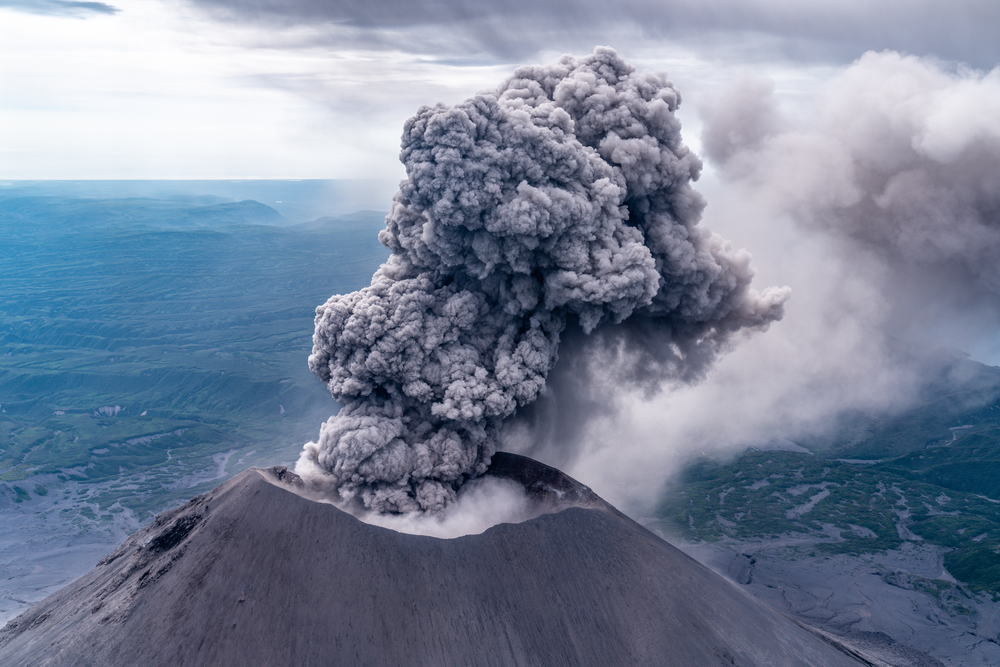
Karymsky Volcano, located on Russia’s Kamchatka Peninsula, is an active underwater volcano with a history of explosive eruptions. Its activity is closely monitored by the Russian Academy of Sciences. In a 2016 report, researchers highlighted the potential for the volcano to trigger tsunamis that could affect the North Pacific. With its frequent eruptions, Karymsky is a significant concern for nearby coastal areas.
The volcano’s remote location makes monitoring challenging, yet it remains a priority for scientists. Karymsky’s eruptions can send ash plumes high into the atmosphere, impacting air travel. Efforts to improve surveillance technology are underway, allowing real-time updates on volcanic activity. Understanding Karymsky’s behavior is essential for mitigating its potential impact on the surrounding region.
6. Sumatra’s Sunda Arc
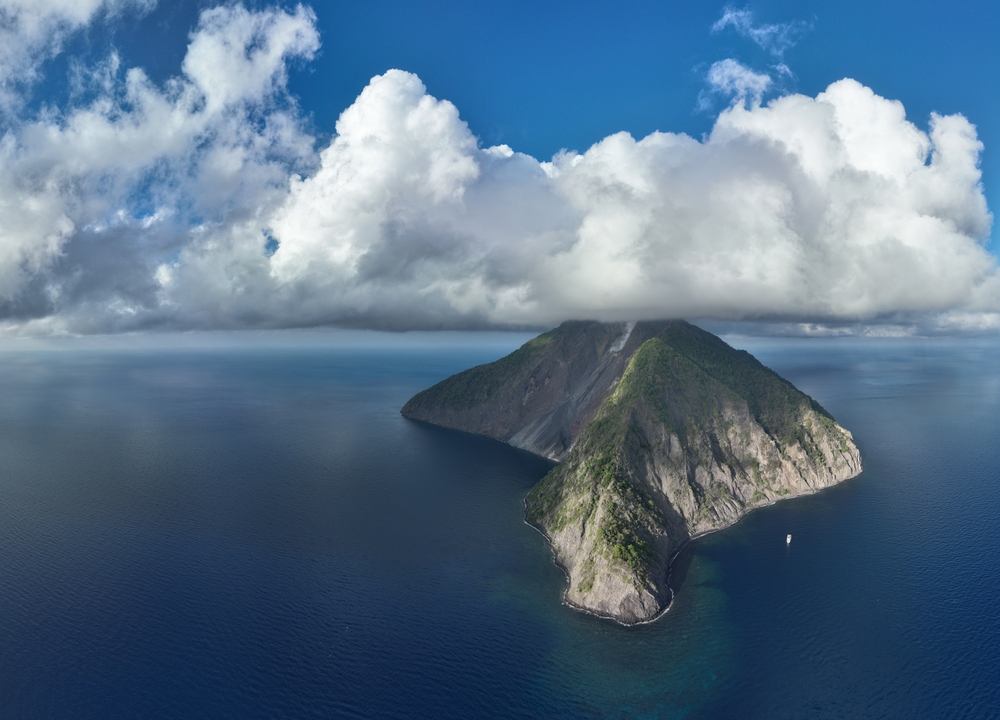
The Sunda Arc, part of the Pacific Ring of Fire, is home to several active underwater volcanoes near Sumatra, Indonesia. This region is no stranger to seismic activity, with the infamous 2004 tsunami originating here. The underwater volcanoes in this arc have the potential to trigger similar devastating events. Their activity is closely monitored by the Indonesian government and international organizations.
Sumatra’s location makes it a hotspot for volcanic research, with scientists striving to understand the complex interactions between tectonic plates. The Sunda Arc is a reminder of the delicate balance between the Earth’s geological forces. The potential for underwater eruptions and resulting tsunamis is a constant concern for local communities. Preparedness and early warning systems are essential for safeguarding lives and property.
7. Vailulu’u Seamount

Situated near American Samoa, Vailulu’u Seamount is an active underwater volcano that has intrigued scientists for decades. In a 2017 study by NOAA, researchers discovered an active hydrothermal vent system within the volcano, indicating ongoing volcanic activity. Vailulu’u’s eruptions have the potential to displace large volumes of water, leading to tsunamis. These findings underscore the importance of continuous monitoring of the seamount.
Vailulu’u Seamount is unique due to its ability to create temporary islands during explosive eruptions. The volcano’s dynamic nature has made it a focal point for researchers studying volcanic processes. Increased monitoring efforts have enhanced our understanding of this underwater giant. Ensuring preparedness in nearby regions is critical given the potential risks.
8. Kolumbo Volcano
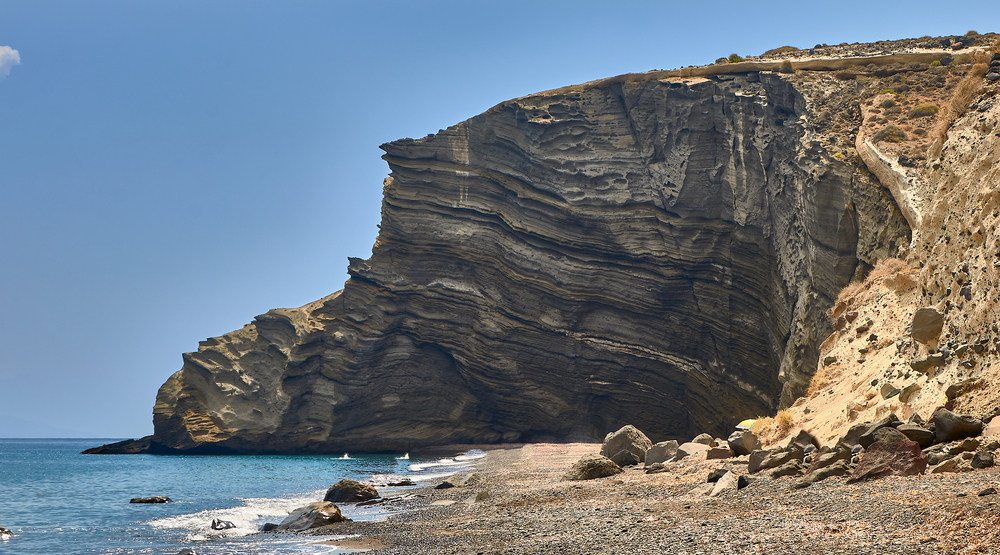
Located in the Aegean Sea, Kolumbo Volcano is an underwater giant not far from the Greek island of Santorini. Its last major eruption occurred in 1650, resulting in significant tsunamis that affected the region. Kolumbo’s potential for future eruptions remains a concern for scientists and local authorities. The volcano’s activity is closely monitored using advanced technology, including seismic sensors and underwater cameras.
Kolumbo’s proximity to popular tourist destinations adds an extra layer of complexity to managing its risks. The volcanic activity in the area has shaped the landscape over centuries. Understanding Kolumbo’s behavior is crucial for ensuring the safety of visitors and residents alike. Preparedness plans are in place to respond swiftly to any signs of increased volcanic activity.
9. Brothers Volcano
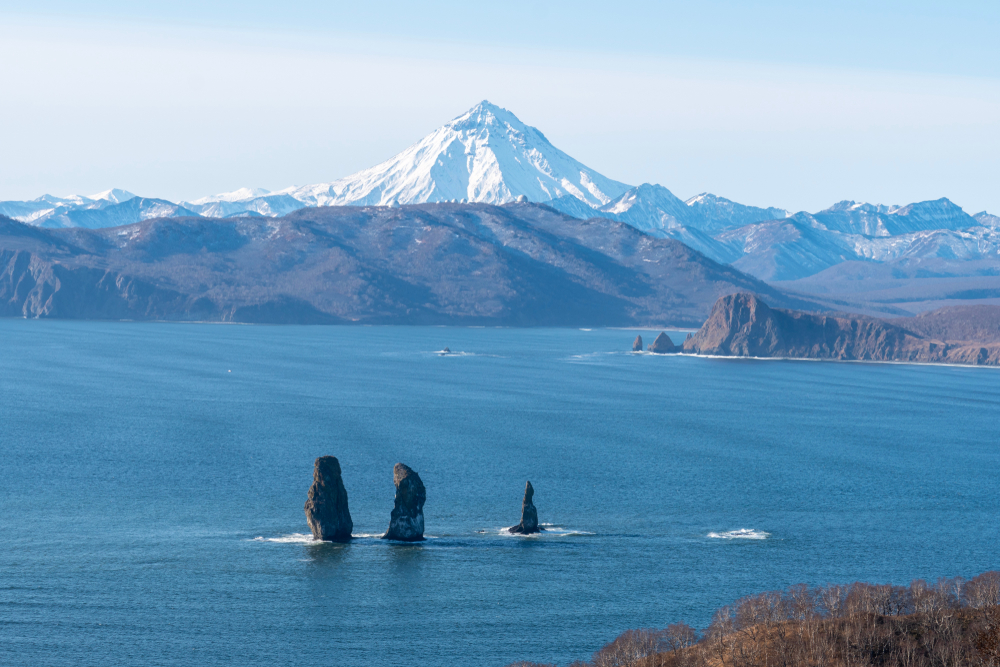
Brothers Volcano, part of the Kermadec Arc, is an underwater volcano located northeast of New Zealand. It is known for its unique geological features, including hydrothermal vents and massive calderas. Brothers Volcano’s activity is closely studied by researchers, as it has the potential to generate large tsunamis. The volcano’s eruptions have reshaped the surrounding seafloor, creating a dynamic underwater landscape.
The intricate structures of Brothers Volcano make it a fascinating subject for scientific exploration. Researchers use remotely operated vehicles to study the volcano’s complex systems. Understanding its behavior is crucial for predicting potential impacts on the Pacific region. The data collected from Brothers Volcano contributes to global efforts in tsunami preparedness and risk mitigation.
10. Anatahan Volcano
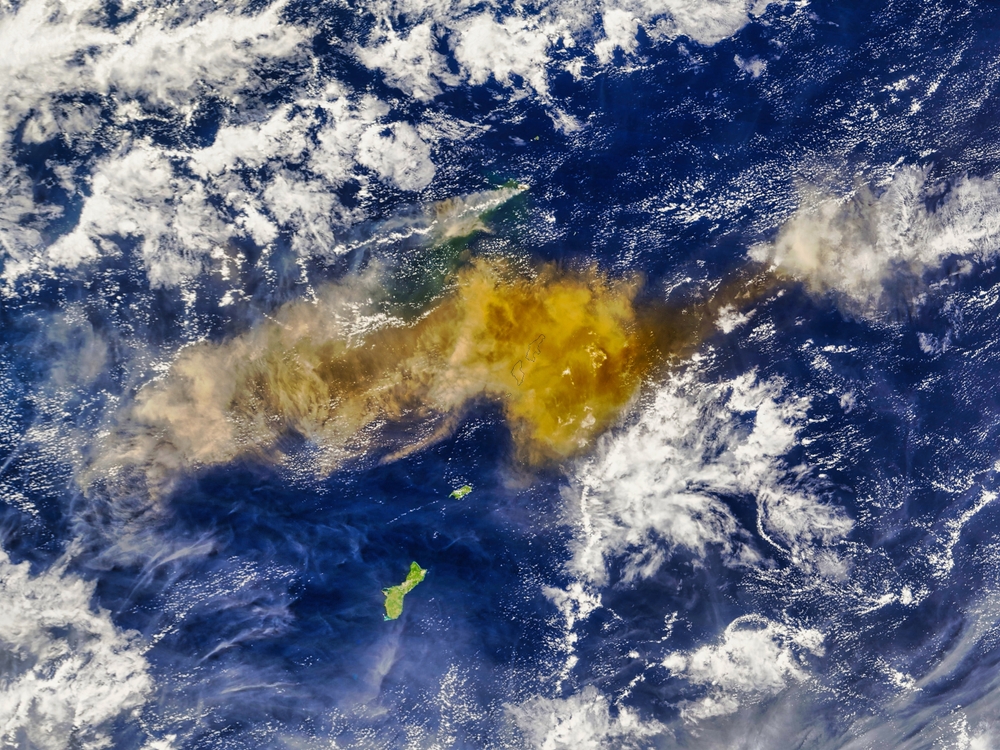
Anatahan Volcano, located in the Northern Mariana Islands, is an active underwater volcano with a history of explosive eruptions. Its activity has been closely monitored since a significant eruption in 2003. Anatahan’s eruptions can produce ash clouds and displace large volumes of water, increasing the risk of tsunamis. The volcano is part of the Mariana Arc, a region known for its seismic activity.
The Northern Mariana Islands face unique challenges due to their proximity to active underwater volcanoes. Anatahan’s eruptions have impacted air travel and local communities in the past. Efforts to enhance monitoring and preparedness have become a priority for authorities. Understanding Anatahan’s behavior is essential for safeguarding the region from potential volcanic hazards.
11. Home Reef Volcano
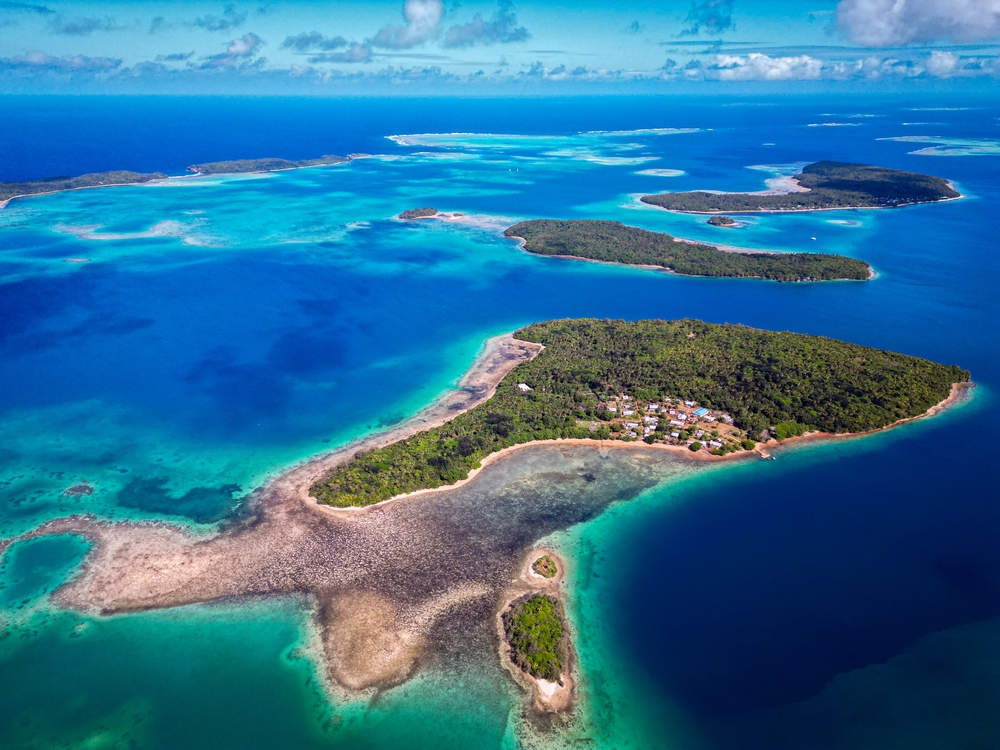
Home Reef Volcano, located in the Tonga Islands, is an active underwater volcano with a history of reshaping the landscape. Its eruptions have created temporary islands, showcasing the dynamic nature of underwater volcanic activity. Home Reef’s potential to generate tsunamis makes it a focal point for research and monitoring. The volcano’s activity is closely observed using satellite imagery and seismic data.
The lessons learned from Home Reef’s eruptions contribute to our understanding of underwater volcanic processes. The volcano’s ability to alter the seafloor highlights the interconnectedness of Earth’s geological forces. Researchers continue to study Home Reef to improve tsunami prediction models. Preparedness plans are crucial for mitigating the potential impact on nearby communities.
12. Lo’ihi Seamount
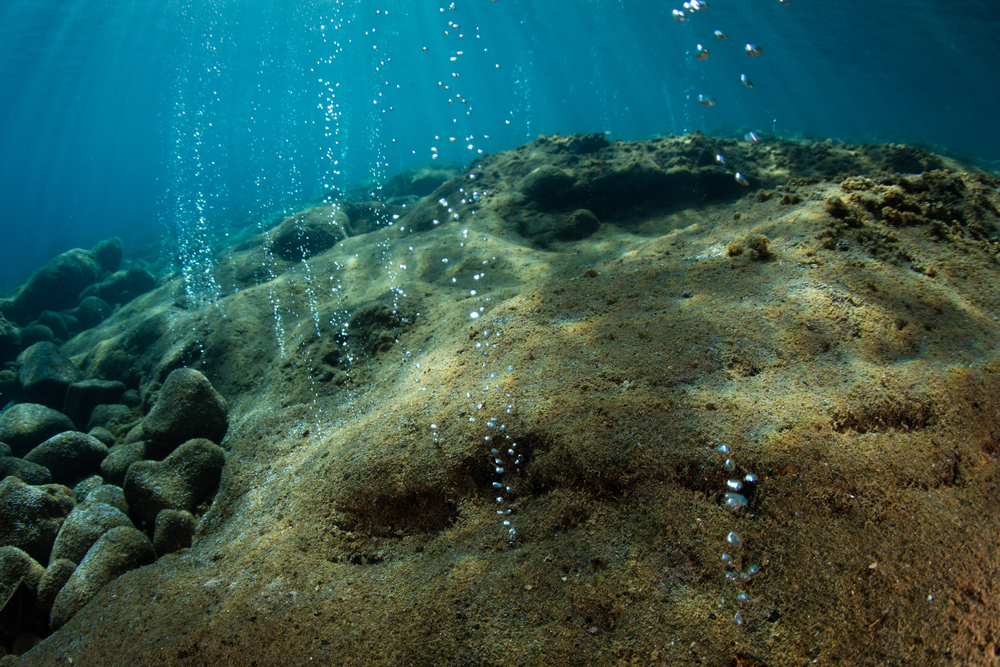
Lo’ihi Seamount, located off the coast of Hawaii, is an active underwater volcano that is steadily growing. Its eruptions have the potential to trigger tsunamis and alter the surrounding oceanic landscape. Lo’ihi’s activity is closely monitored by the Hawaiian Volcano Observatory, which provides real-time updates on volcanic conditions. The volcano’s growth has been a subject of scientific interest for decades.
As Hawaii’s youngest volcano, Lo’ihi offers insights into the early stages of volcanic island formation. Researchers use advanced technology to study the seamount’s eruptions and geological features. Understanding Lo’ihi’s behavior is essential for predicting its potential impact on the Hawaiian Islands. The ongoing research ensures that preparedness measures are in place to safeguard communities from potential volcanic hazards.
